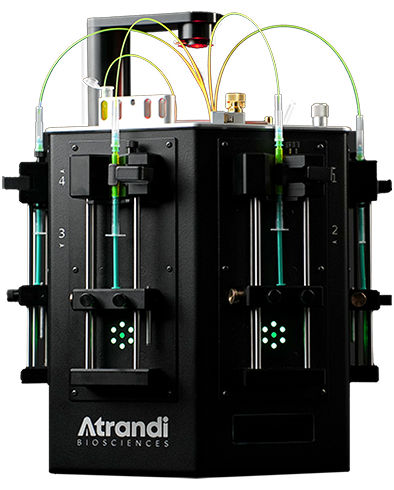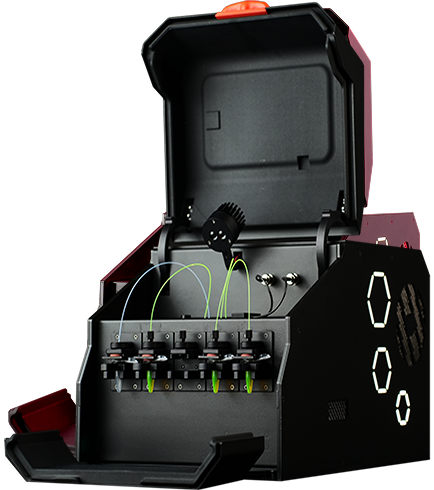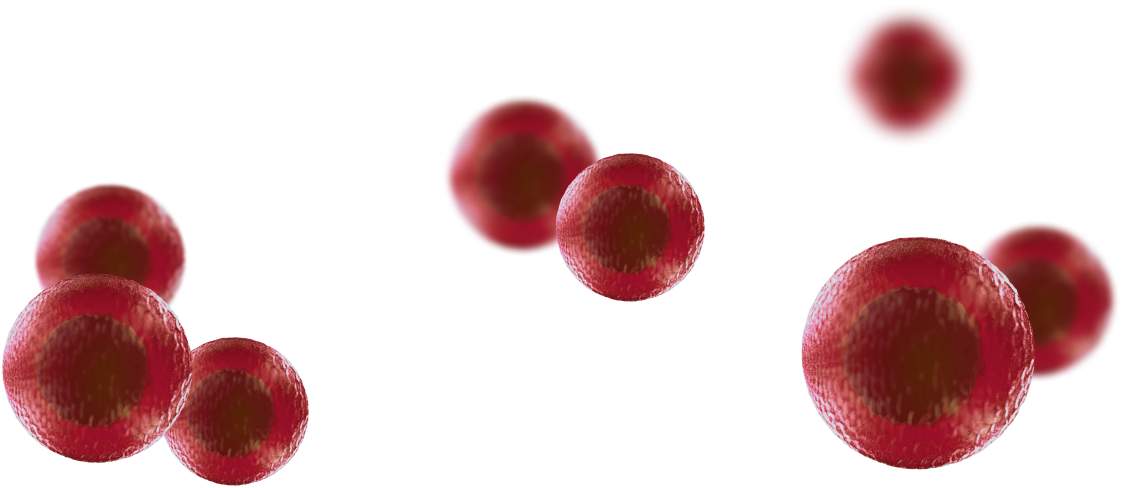
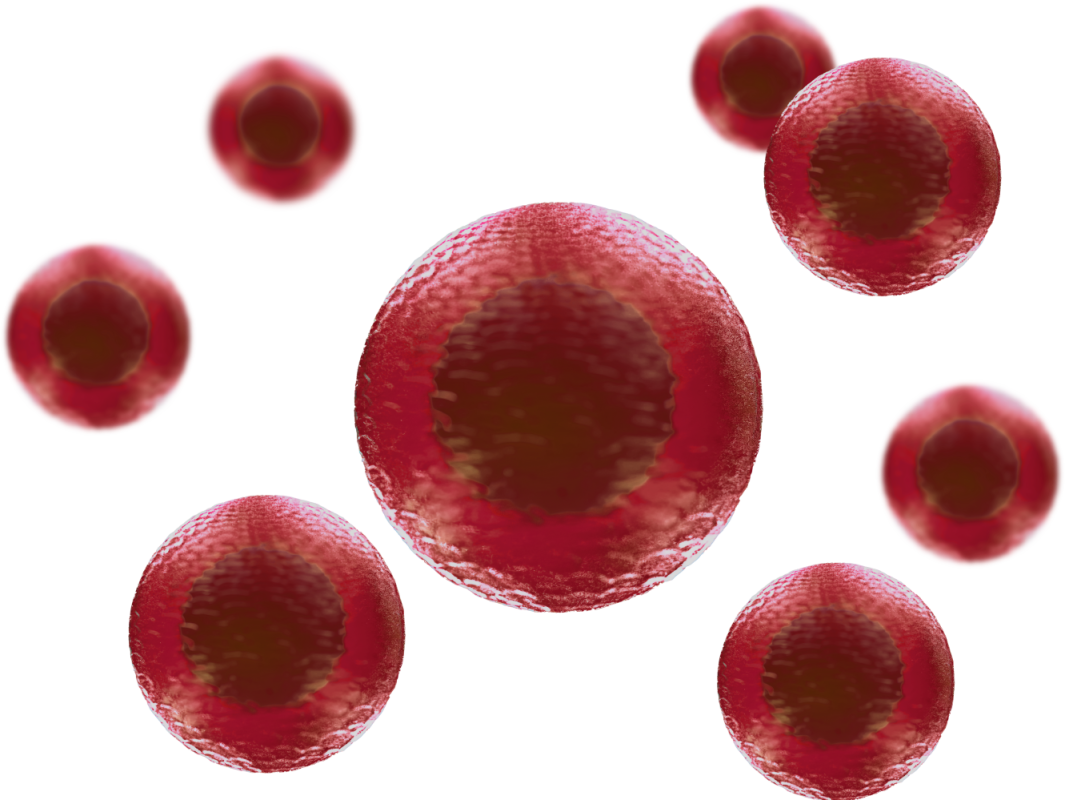

HIGH-THROUGHPUT Screening Accelerate the Discovery of Functional Variants

Biological diversity is vast, challenging the capabilities of current methods to sample and analyze it efficiently. High-throughput screening (HTS) is currently the only method that allows researchers to sample a meaningful portion of this diversity by analyzing thousands of distinct biological samples in a single day.
Droplet microfluidics has revolutionized HTS by enabling the generation and sorting of droplets at ultra-high-throughput rates (thousands per second). This allows millions of assays to be run in parallel, completing the process in just a few hours.
A typical droplet-based screening workflow involves compartmentalizing a variant library into droplets and using functional assays to tag targets of interest with fluorescence. Fluorescent droplets are then selected via fluorescence-activated droplet sorting (FADS), narrowing down millions of variants to hundreds for further analysis with conventional methods.
1. Encapsulation
Libraries of variants (cells, nucleic acids) are compartmentalized in droplets
3. Selection
Fluorescent droplets are sorted and collected in bulk
2. Functional assay
Variants are subjected to assays that induce fluorescence in droplets containing the desired targets
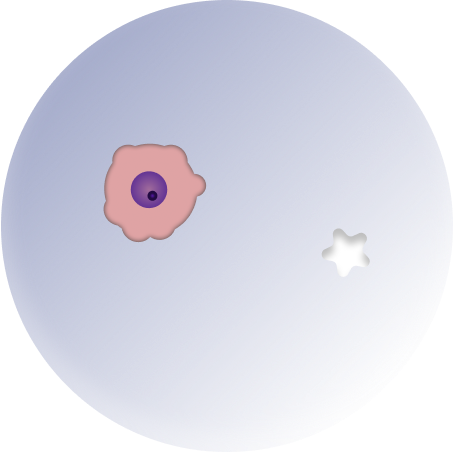
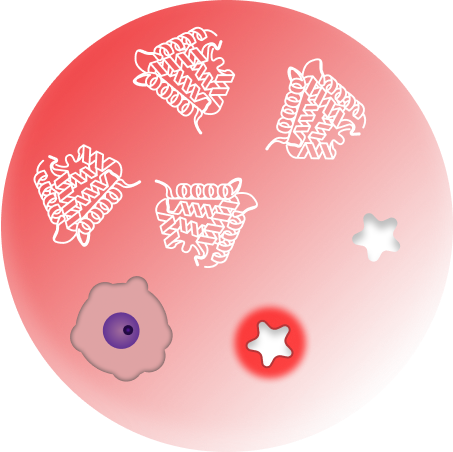
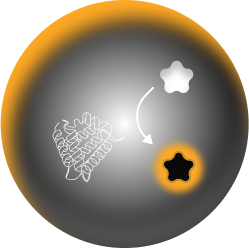
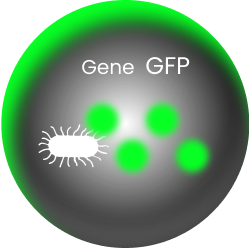
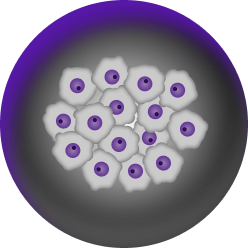
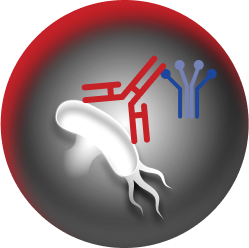
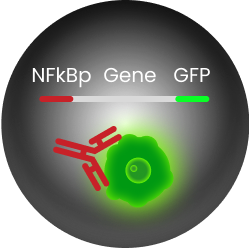

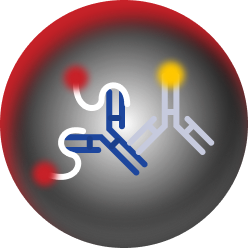
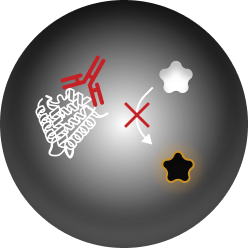
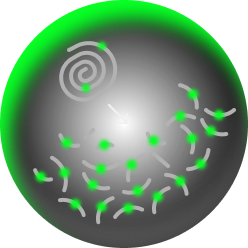
Droplet microfluidics enables screening through functional assays, focusing on target activity in its biological context, rather than just binding affinity.
Reagent addition
Certain assays require adding detection reagents or other assay components after encapsulation due to timing or compatibility issues. This can be achieved by introducing reagents post-encapsulation using high-voltage techniques.

Injection
Used to introduce homogenous solutions (reagents, substrates)

Merging
Used to introduce distinct objects (cells, beads, particles)
Applications
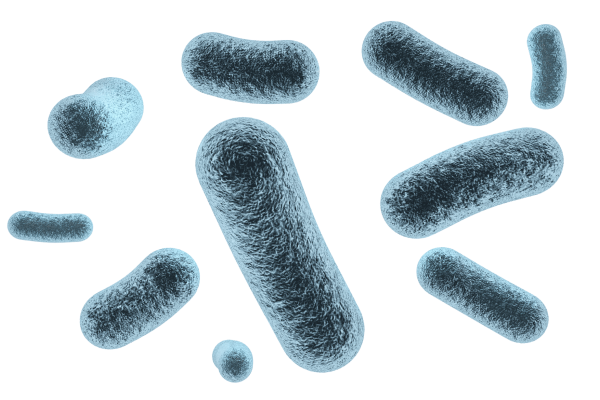
STRAIN ENGINEERING
Droplet microfluidics enables rapid screening of microbial strains by isolating and testing large variant libraries, typically created through mutagenesis or combinatorial methods. This approach identifies strains with enhanced traits, such as higher production yields or optimized metabolic pathways.
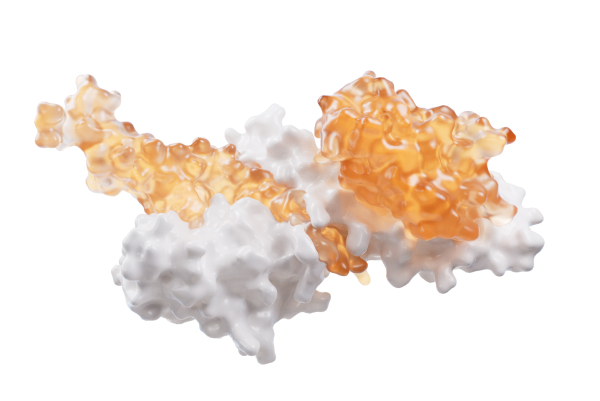
PROTEIN ENGINEERING
Screening large protein libraries in droplets accelerates the identification of proteins with specific, desired traits. This method efficiently pinpoints candidates with enhanced properties, such as improved binding affinity, enzymatic activity, stability, or altered substrate specificity, enabling the discovery of proteins with novel or optimized functions.
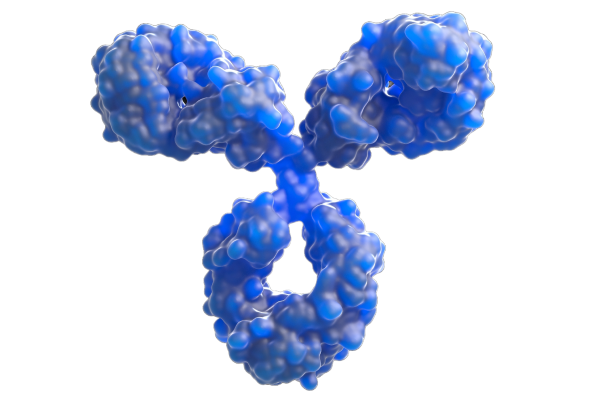
ANTIBODY DISCOVERY
In antibody discovery, droplet microfluidics facilitates the screening of large antibody libraries produced by mAb-secreting cells. This enables the identification of antibodies with specific functional traits beyond binding affinity, such as improved neutralization, signaling activity, or specificity, speeding up the discovery of potential therapeutic candidates.
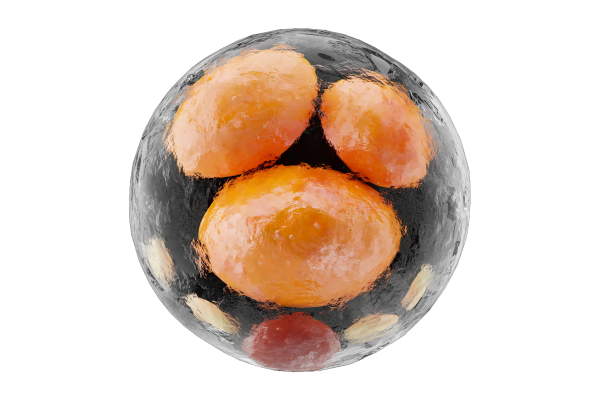
CUSTOM SCREENING WORKFLOWS
The need for high-throughput capabilities spans far beyond the listed applications, but many HTS platforms limit researchers to predefined workflows. Atrandi’s open, flexible platforms eliminate these constraints, offering unparalleled compatibility for custom workflows and enabling researchers to push the boundaries of their fields.
Step into the world of high-throughput screening with our streamlined solution






In applications like cell line development, maintaining genetic consistency requires each line to originate from a single-cell progenitor. However, droplets with selected cells are typically collected in bulk, complicating single-cell isolation.
To overcome this challenge, we've partnered with Seed Biosciences to enable precise transfer of selected cells from droplets into microwell plates for individual cultivation.
Download PDF